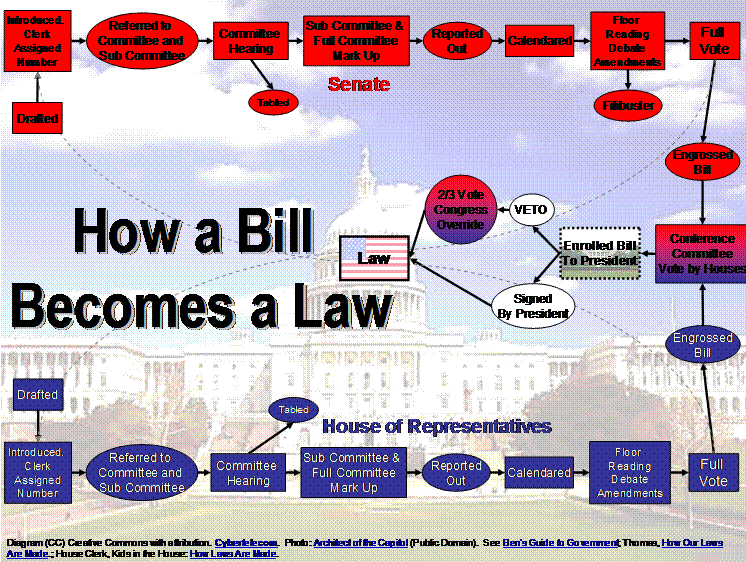 See Part 1: Where It is Concluded that Part 15 Spectrum and Wifi are part of the Commons and Cannot be Stolen
See Part 1: Where It is Concluded that Part 15 Spectrum and Wifi are part of the Commons and Cannot be Stolen We have two spaces. One is a commons; the other is . . . well, we don’t know. We’ll call it the proximate space. These two spaces exist next to each other. But where is the boundary? It’s not visible; it’s not detectable; there are no sign posts. As the individual moves from the commons space to the next space, how is the individual to know that a boundary has been crossed.
And this proximate space, the individuals lacks knowledge as to the nature of this space. Is it a public or a private space? Is access open or restricted?
The individual can move between the common space and the proximate space easily without knowledge that a boundary has been crossed. Indeed the Internet was designed not to announce boundaries between networks but to eliminate them.
What does it mean for an individual to move from the common space to proximate space? Specifically, what does it mean to say that the access to the proximate space is “unauthorized?”
It has been suggested that the proper way to analyze this is a Trespass to Chattels analysis. There is Trespass to Real Property where the issue is unauthorized access to land, and there is every other deprivation of property – such as “borrowing” someone’s Ferrari 250 GT California. Since computer networks aren’t real property (aka land), then, the argument goes, the analysis must be Trespass to Chattels.
But access to a network that is proximate to a commons network is not a deprivation issue; the individual is not backing a box truck up the back of a coffee house and hauling away the network equipment. This is an access issue and if the question is access, then the proper analysis is real property. We want to be able to answer the question, “I am here; am I allowed to be here?”
Real Property Law
In general, the owner of real property must provide notice to exclude would be trespassers. This notice can come through actual notice communicated directly to the individual (ie, “Hey, you kids! Getouttahere!”) or through posted notices (such as Piglet’s “Trespassers Will”).
The tort of trespass to real property is intentional; an individual generally cannot be said to be trespassing unless the individual has knowledge and intent. Lacking knowledge that one is on private land and that access is restricted, the individual generally is not trespassing.
These principals particularly come into play where an owner wishes to restrict access to private property which is somehow proximate to public or common property (for example, a public shopping mall with private offices attached). The boundary where the common space becomes restricted space generally must have clear notice such that the individual can identify the boundary and the restriction.
With WiFi networks, there is a network in a commons space where no one has ownership rights, no one can be excluded, and no one has supreme claims to anyone else - proximate to an unknown space - the same predicament as the real property situation.
When can it be said that crossing from this commons to this proximate space is “unauthorized?”
Presented in this framework, the answer is clear. The owner of the proximate space must provide notice of boundary and restriction. Lacking notice, the individual can soundly assume that access to the space is not unauthorized (oh no! a double negative!).
This might be difficult when using a network, the Internet, which by design eradicates boundaries. Fortunately, with the WiFi protocol, there is an easy means for the network owner to provide notice. WiFi Access Points can inform potential interacting individuals with the information of whether the network behind the AP is open or secure, and what the SSID is. If the AP informs the individual that it is secure (that while the individual and the AP can interact with each other, the individual cannot interact with the network on the other side of the AP which is outside of the commons space), then the individual knows that the AP is the boundary and that what lies beyond is restricted.
If the AP informs the individual that the network behind the AP is open, and here is the SSID, then the individual has not been informed that access is unauthorized, and the individual is not even sure that the AP is a boundary (the AP could simply be a node with both networks connected in the commons). The precedent establishes the sound policy that the owner must provide notice of boundary and restriction, and lacking notice, the individual’s access cannot be said to be unauthorized.
Based on the notice provided by the AP, the individual can now answer the question, “I am here; is my access authorized?”
Photo: Wikipedia. [Disclaimer]
